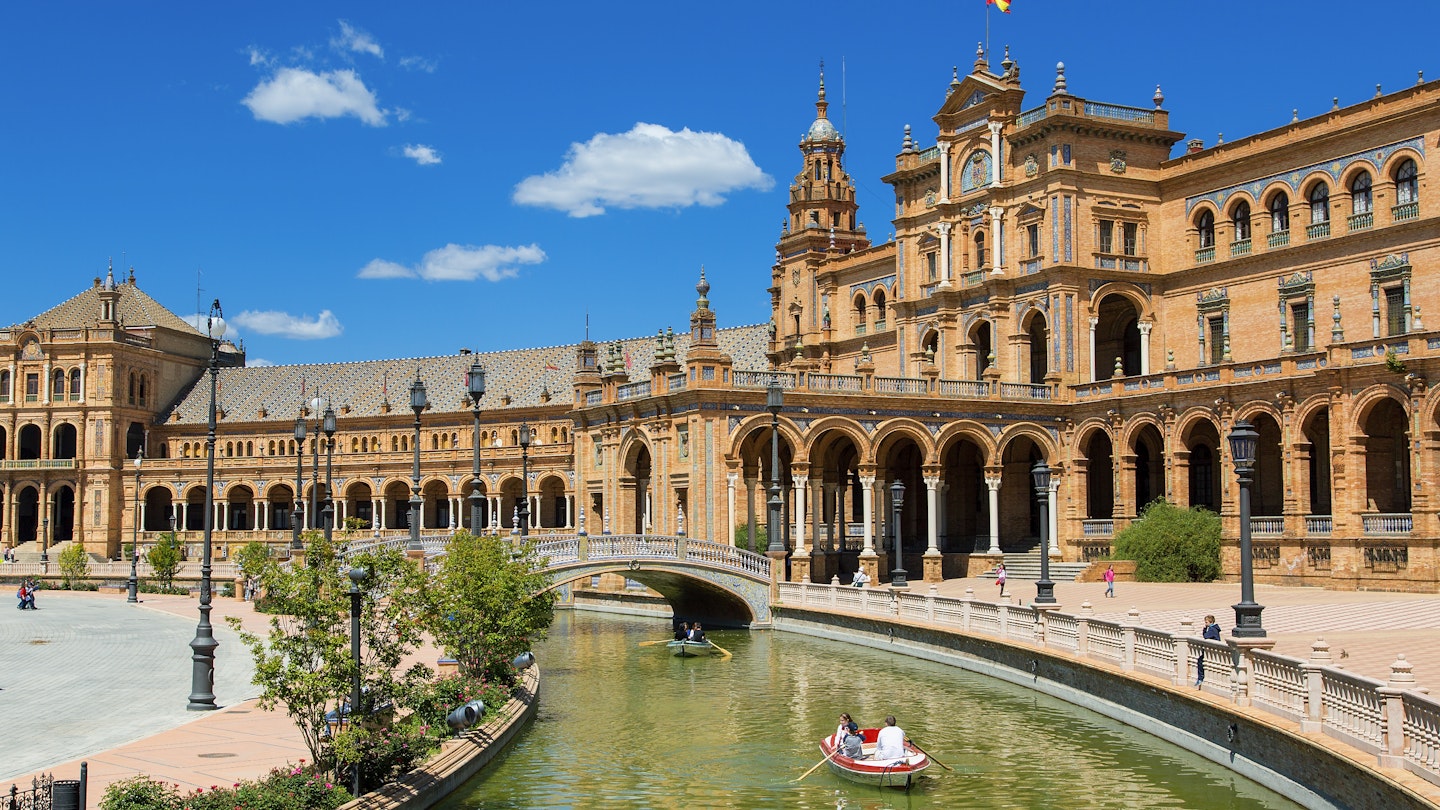Plaza de España’s Proposed Entry Fee: A Cultural Controversy
Plaza de España stands as one of the most-visited attractions in Spain. Located in Seville, the country’s fourth-largest city, the plaza’s distinctive fusion of Renaissance and Moorish architectural styles has rendered it a landmark, making appearances in popular films such as “Star Wars” and “Lawrence of Arabia.” However, the growing concerns about overcrowding and maintenance issues have led city officials to explore significant changes to facilitate the preservation of this iconic site.
Significance and Beauty of Plaza de España
Seville is renowned for its architectural wonders, including the cathedral, the Real Alcázar, and the enchanting alleys of the Santa Cruz neighborhood. Despite these attractions, Plaza de España remains a focal point for both locals and tourists. Constructed for the World Fair in 1929, it is set within the picturesque Parque de María Luisa, which is adorned with orange trees, intricate pavilions, and a moat that offers rowboats for visitors.
Proposed Entry Fee and Community Response
City officials, led by Seville’s conservative mayor, José Luis Sanz, have proposed a system that includes a modest entry fee, particularly targeting non-residents. This initiative is defended as a necessary measure to fund conservation efforts and ensure the safety of the plaza.
Nonetheless, the proposal has ignited significant debate. Critics, including senior deputy prime minister María Jesús Montero, argue that public spaces should remain accessible to everyone without cost. The issue of privatizing a cultural treasure has raised eyebrows, sparking discussions on the right balance between tourism and accessibility.
Global Context of Tourism Management
The dialogue on plaza entry fees is part of a broader global trend where cities confront the pressures of mass tourism. As visitor numbers continue to rise, cities are increasingly implementing tourist fees aimed at striking a balance between preserving local heritage and enhancing the visitor experience. For example, Venice and Hawaii are among the locations taking similar actions to manage tourist influx effectively.
Economic Implications and Visitor Opinions
Seville’s city council supports the notion of tourism taxes as a means of maintaining the plaza’s allure, especially as the anniversary of the 1929 World Fair approaches. The proposed fee, estimated at three to four euros, is designed to address pressing conservation and security issues within the surrounding Parque de María Luisa.
While the mayor assures that locals will still be able to access the plaza freely, there is a palpable dissent among residents who advocate for a more comprehensive tourism tax, akin to those in cities like Barcelona. This has created a dialogue about regulating tourism to better protect the character and charm of Seville.
The Future of Plaza de España
As the city continues to grapple with these proposals, mayor Sanz persists in moving forward with plans to present them to the government. The overarching goal is to implement measures that include improved security, potentially allowing for around-the-clock surveillance and ongoing restoration efforts.
Tourists and locals alike are encouraged to stay informed as the discussions regarding these changes progress. Engaging with the community and understanding their perspectives can lead to a more sustainable and enjoyable experience at one of Spain’s most beloved cultural landmarks.






